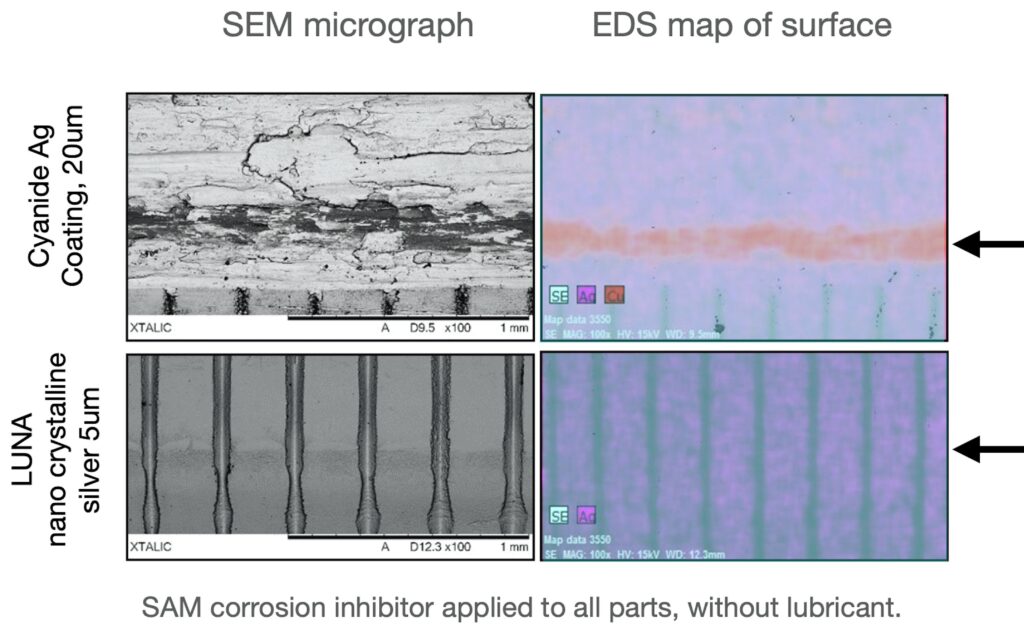Nanotech alloy ups HV power

(Image courtesy of Xtalic)
CIC EnergiGUNE is developing a solid state lithium-sulphur battery cell with a high energy density and long lifecycle for electric trucks and buses (writes Nick Flaherty).
The LISA (Lithium Sulphur for Safe Road Electrification) European project is developing a 20 Ah solid-state lithium-sulphur pouch cell with high gravimetric energy of 450 Wh/kg and volumetric energy density of 700 Wh/litre that will be stable for at least 1000 cycles. The first step is a proof-of-concept 21700 cylindrical cell with a capacity of 3 Ah.
The project has 13 partners from six European countries, including Fraunhofer IWS, Varta Microbattery and the Spanish research institution LEITAT, as well as truck maker Renault and bus maker VDL. Complete cells are due next year.
There are 12 elements to the project, covering lithium metal anode stability, high-loading cathode development and new combinations of materials and processing to produce a solid electrolyte.
A key part of developing a solid-state cell is the integration of a thin solid lithium-ion conducting film in the cell to limit the amount of liquid electrolyte needed and increasing the energy density of the system. The film can also act as protective layer against the growth of lithium dendrites, which helps to increase the lifetime from 100 to 1000 charging cycles. The pouch cell measures 41 x 60 mm and is up to 5 mm thick.
The raw materials for the solid electrolyte come from Arkema, in France, with CIC EnergiGUNE using its roll-to-roll equipment for high-volume production of the film. More than 100 m of thin electrolyte coating was produced for assembling the final lithium-sulphur pouch cells; enabling high-volume production is one of the most important steps in the project.
For the lithium anode, Pulsedeon in Finland worked with CIC EnergiGUNE on a thin lithium film. Here, the deposition of the lithium is key, as is the integration of solid-state protective layers on top of it.
CIC EnergiGUNE is assessing the structural and electrochemical performance of the prepared films, using techniques such as X-ray diffraction analysis, X-ray photoelectron spectroscopy, scanning electron microscopy and electrochemical impedance spectroscopy.
A sulphur cathode was developed by Fraunhofer IWS to be integrated into the cell, which is assembled in a dry room. This provides the ultra-dry environment required to handle some novel materials and technologies, allowing the processing and assembly in a safe environment for working with lithium and other moisture-sensitive materials.
ONLINE PARTNERS































